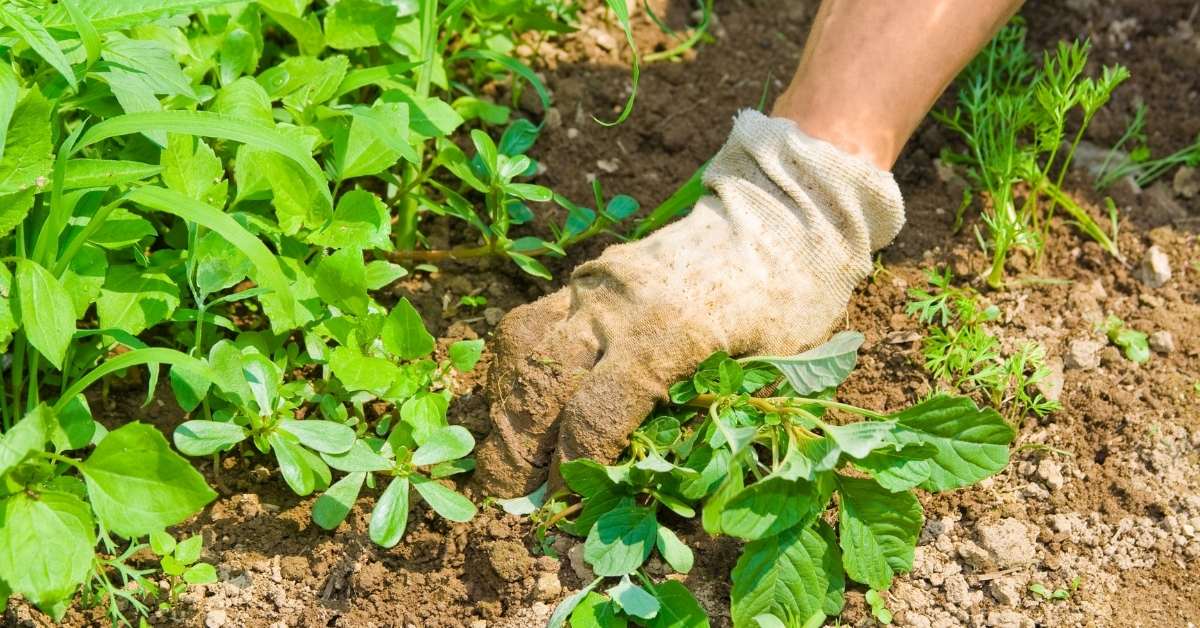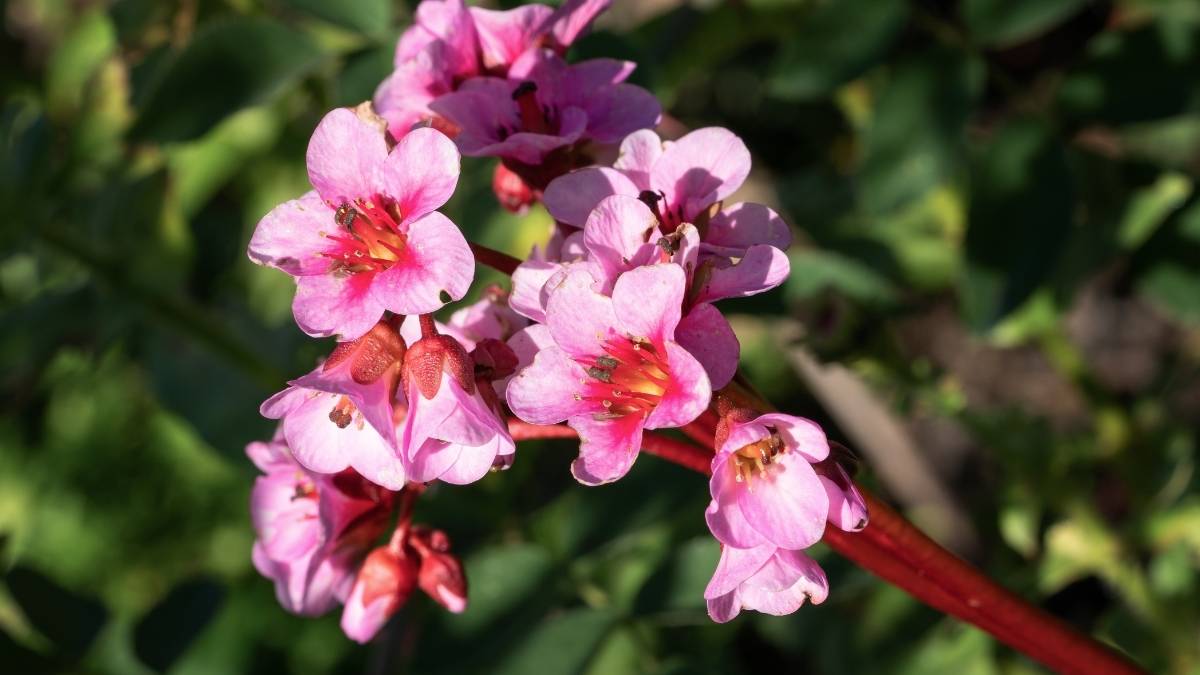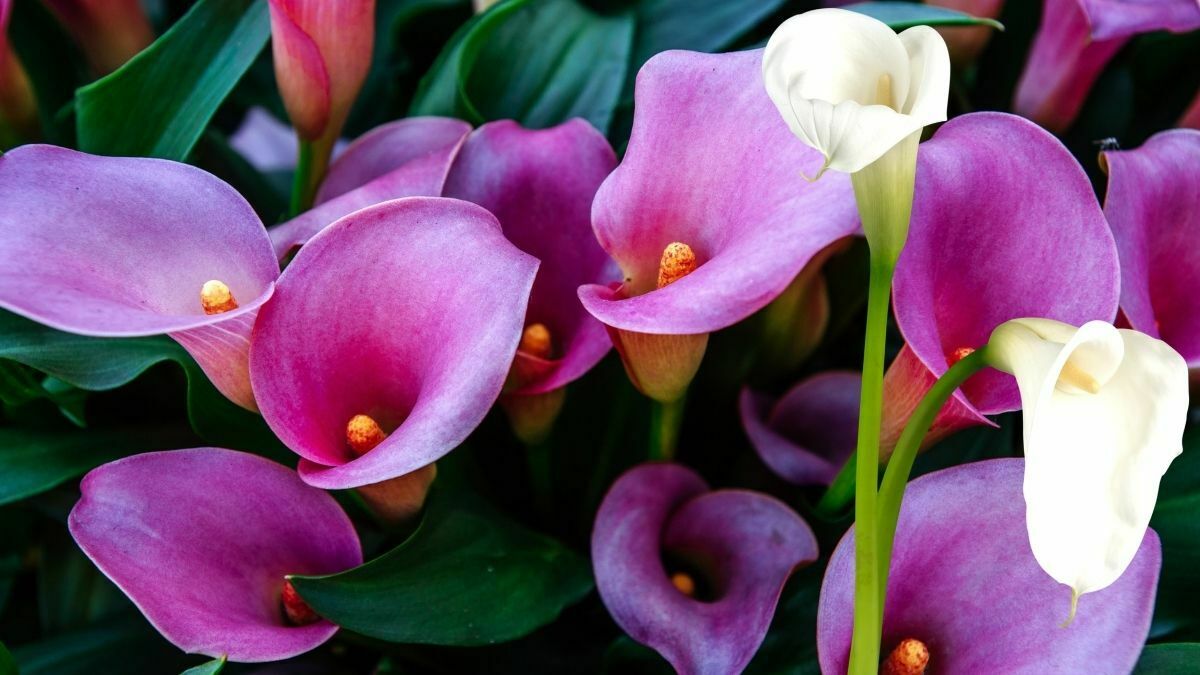When it comes to some weeds, if you can’t beat ‘em, eat ‘em.
Weeds are among many gardeners’ most significant challenges, and dealing with these pestilent plants can be tedious and back-breaking. However, there are actually garden-variety weeds that are edible so if you are looking for ways to put them to good use, well, put them on the table.
This list presents 7 common weeds that can be eaten and I’m not talking about marijuana here. These can add rustic flavors to your dishes, but please be careful. Before you start to feast on a weed, it’s always a good idea to ask a knowledgeable person to identify it.
You can also find weed edibles for sale online, however, if you have a backyard garden, you can easily pick and use those weeds in your kitchen.
Now on with the list of 7 edible weeds from the garden
1. Dandelions
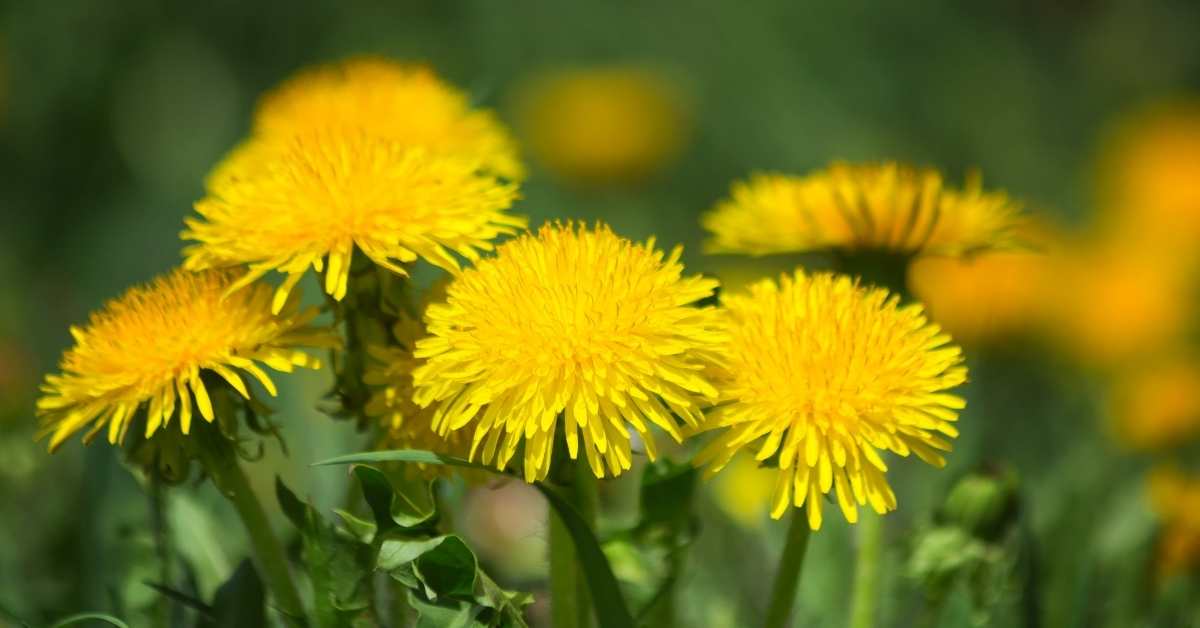
The lowly dandelion. It is known all over as a stubbornly persistent weed that invades gardens and lawns. It is also the most known edible weed. The leaves of the dandelion are rich in vitamins A, C, and beta-carotene.
The first European settlers actually introduced the dandelion to the U.S. as a salad green. And indeed, the tender leaves of the spring dandelion are sweet and make a flavorful salad. The flowers are also edible though mildly bittersweet in taste. The greens can be sautéed or boiled and seasoned with salt and butter. You can also make dandelion wine.
2. Plantain
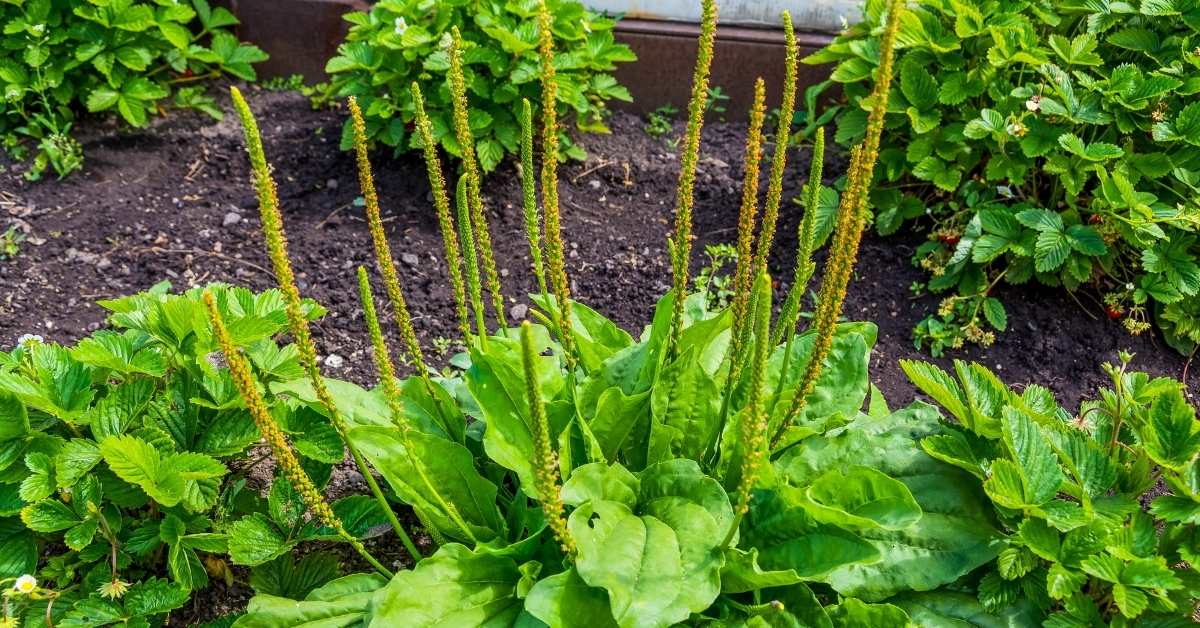
This is also called a white man’s foot (Plantago major), the broadleaf plantain. These weeds thrive on garden edges and driveways.
The leaves are the edible part. Pick the green, rippled leaves of the plantain and blanch them. Sauté with some butter and garlic and serve.
3. Chickweed

This low-growing succulent is identified by its bright green, pointed oval leaves.
Chickweed is one of the best weed edibles from your garden and it’s rich in vitamins and minerals as well as omega-6 fatty acid derivatives. It is also delicious.
Pick the young leaves and stems and add them to salads.
Just be careful not to eat too much because it could cause diarrhea.
4. Purslane

You know this weed by its rounded, succulent leaves and its reddish stem.
The stems and leaves can be eaten fresh, thrown in a salad, or added to a sandwich. Purslane can also be used in soups and, since they taste somewhat like spinach, can be added to recipes that call for spinach.
Purslane is rich in vitamins A and C, which are antioxidants. This weed also contains omega-3 fatty acids.
5. Watercress
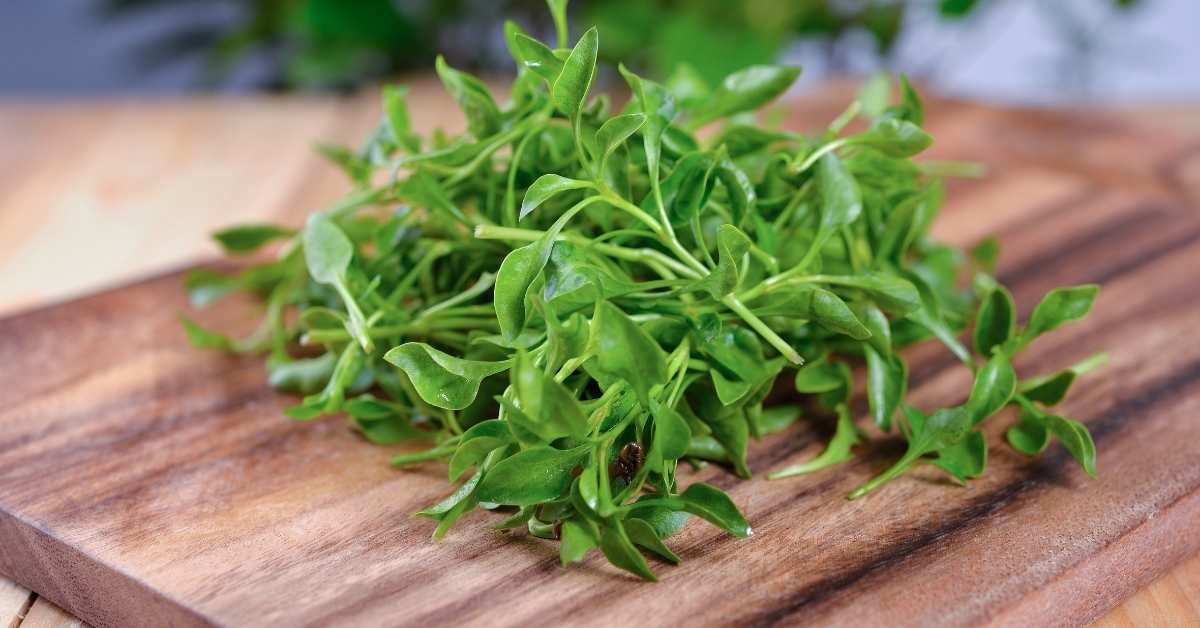
Yes, this is a weed.
It is usually found in streams and riverbanks (where they grow) or in your local grocery store for a few dollars a bunch.
Watercress is best eaten raw and added to a salad. It is very rich in antioxidants.
6. Kudzu
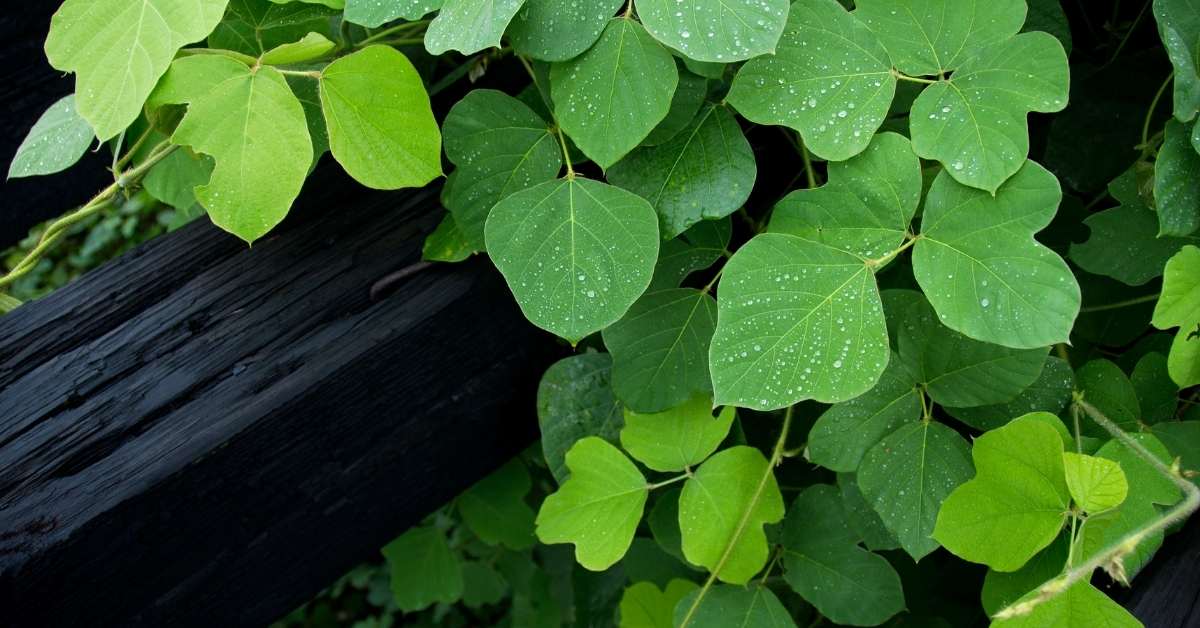
”The vine that ate the South.” The kudzu was introduced from Japan (some say China) in the late 1800s and was widely marketed as an ornamental shade plant.
Before long, however, it started to spread in the southern U.S. at a furious speed of 150,000 acres per year, and no amount of mowing or herbicide applications can keep up with it. This seriously invasive plant was listed as a noxious weed back in 1997.
If you live in the South, that means you have an unlimited supply of kudzu with which you can experiment. This weed can be eaten itself. The flowers can be pickled, they can be made into jams, and the roots can be steamed or boiled then seasoned with soy sauce.
7. Bamboo

Bamboo is a type of grass that is also edible.
The shoots of the bamboo can be chopped and simmered, stir-fried, and even pickled.
It is rich in fiber and is often described as tasting like corn.
Bon appetit!
